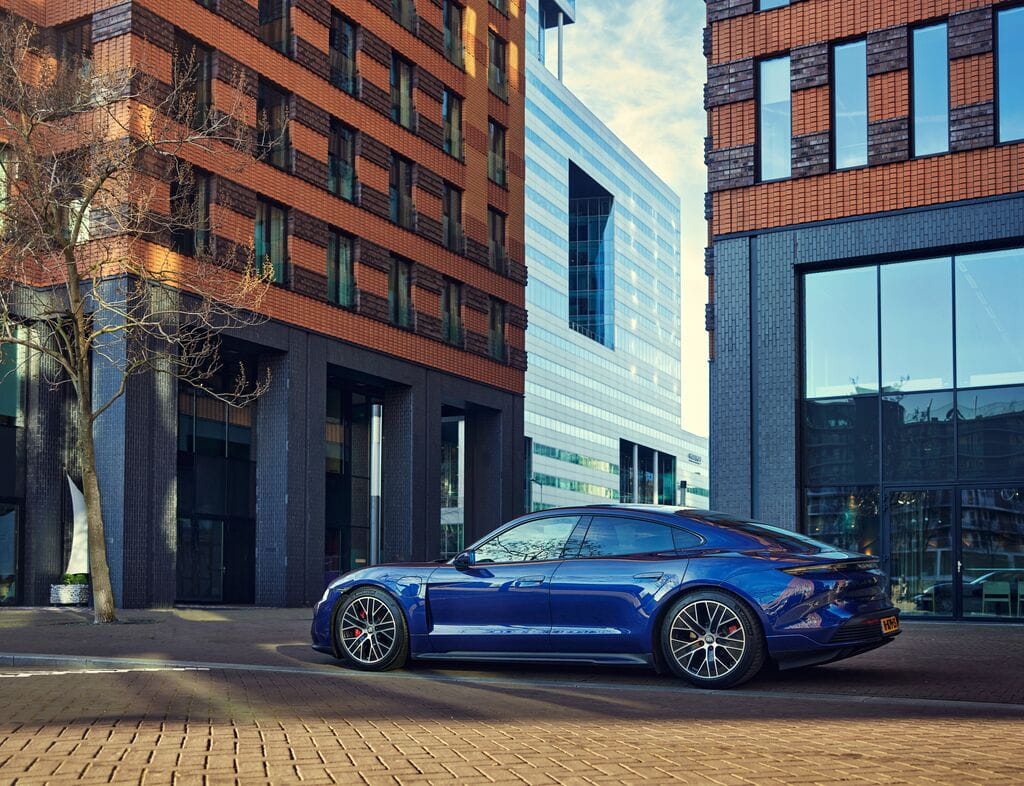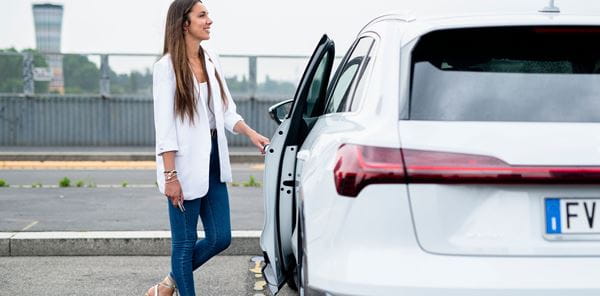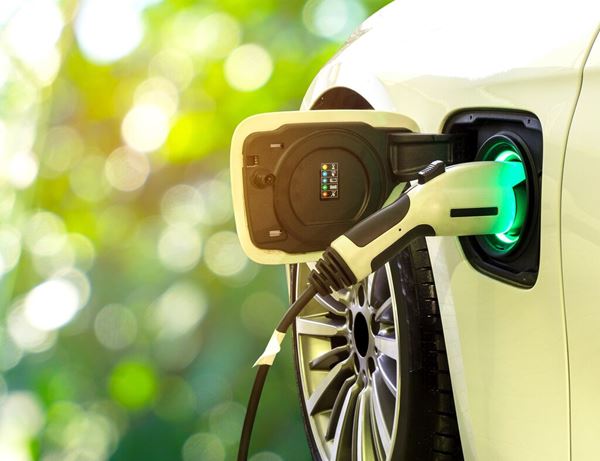
Why the ‘Mini Budget’ is good news for company car drivers
With living costs on the rise, the Chancellor’s recent Growth Plan will make it cheaper to drive a company car. Here’s how.
The UK is in the middle of a once-in-a-generation cost-of-living crisis, with rising energy and material prices leading to spiralling inflation rates. To stimulate economic growth, new Chancellor Kwasi Kwarteng has revealed a ‘Mini Budget’ with financial support for households and businesses. Those changes also make it cheaper to opt into a company car.
A 5% reduction in Benefit in Kind
The biggest change for most drivers is a reduction in the basic rate of income tax (applied to annual income of between £12,571 to £50,270) from 20% to 19% from April 2023. Introduced 12 months earlier than planned, HM Treasury says this will reduce tax bills by an average £170 per person, for 31 million people during the next financial year.
That change will also offer a small reduction company car drivers’ Benefit-in-Kind bills. Payments are based on the ‘taxable value’ of the car – a percentage of the list price, weighted based on its CO2 emissions – and the driver’s income tax band.
By reducing the basic rate of income tax to 19%, affected drivers will pay 5% less for the benefit of a company car, including salary sacrifice schemes.
Some examples are shown below:
CO2 | List Price (P11d) | Tax Band | 2022-23 | 2023-24 | Saving | |
|---|---|---|---|---|---|---|
Vauxhall Corsa 1.2 GS Line 75hp | 118g/km | £19,920 | 28% | £1,116 | £1,060 | £56 |
Kia Niro Hybrid 2 | 100g/km | £28,245 | 25% | £1,412 | £1,342 | £71 |
Volkswagen Golf Style 1.5 TSI 130ps | 124g/km | £27,825 | 29% | £1,614 | £1,533 | £81 |
Nissan Qashqai N-Connecta DIG-T 140 | 144g/km | £30,540 | 33% | £2,016 | £1,915 | £101 |
BMW 320d M Sport Saloon | 128g/km | £41,615 | 30% | £2,497 | £2,372 | £125 |
An earlier reduction in National Insurance Contributions
Employers who provide company cars are liable for Class 1A National Insurance Contributions (NICs). This uses the same CO2-weighted taxable value as Benefit-in-Kind for drivers, but it’s paid at a flat rate of 15.05%.
That rate had increased by 1.25% points in April 2022 with the introduction of the Health and Social Care Levy, which was intended to fund investment in the NHS. The levy was due to become a tax in its own right from April 2023 but will now be scrapped altogether from 6 November 2022 putting NIC rates back down to 13.8% five months early.
In doing so, HM Treasury is reducing employers’ company car NICs by around 3.5% this tax year.
Annual Class 1A NICs | ||||||
|---|---|---|---|---|---|---|
CO2 | List price (P11d) | Tax Band | Levy | No Levy | Saving | |
Vauxhall Corsa 1.2 GS Line 75hp | 118g/km | £19,920 | 28% | £839 | £810 | £29 |
Kia Niro Hybrid 2 | 100g/km | £28,245 | 25% | £1,063 | £1,026 | £37 |
Volkswagen Golf 8 Style 1.5 TSI 130PS | 124g/km | £27,825 | 29% | £1,214 | £1,172 | £42 |
Nissan Qashqai N-Connecta DIG-T 140 | 144g/km | £30,540 | 33% | £1,517 | £1,464 | £52 |
BMW 320d M Sport Saloon | 128g/km | £41,615 | 30% | £1,879 | £1,814 | £65 |
How does the ‘Mini Budget’ affect electric company cars?
Choosing an electric vehicle is still the most effective way to reduce both Benefit-in-Kind and Class 1A NICs, even with a higher list price for the vehicles. This offers a 90% saving for employee and employer, as shown in the following table:
Annual Bill (2023-24) | |||||
|---|---|---|---|---|---|
CO2 | List price (P11d) | Tax Band | BiK | NICs | |
Vauxhall Corsa-e GS Line | 0g/km | £31,075 | 2% | £118 | £86 |
Kia Niro EV 2 | 0g/km | £36,745 | 2% | £140 | £101 |
Volkswagen ID.3 Life 58kWh Pro Perf | 0g/km | £36,935 | 2% | £140 | £102 |
Skoda Enyaq iV 60 | 0g/km | £38,915 | 2% | £148 | £107 |
Tesla Model 3 RWD | 0g/km | £48,435 | 2% | £184 | £134 |





